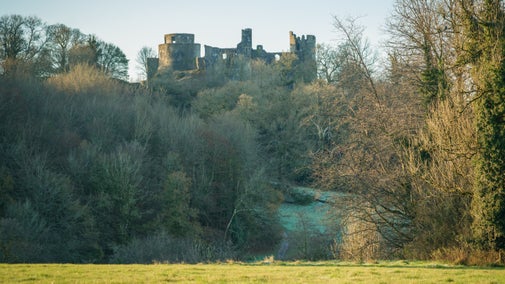
Discover more at Dinefwr
Find out when Dinefwr is open, how to get here, the things to see and do and more.

Standing proudly at the heart of the Dinefwr estate is Grade II* listed Newton House, a family home for over three hundred years to the descendants of The Lord Rhys, the powerful Prince of the Welsh Kingdom of the Deheubarth. Cared for by the National Trust since 1990, Dinefwr is now a place for you to enjoy, relax and refresh.
Throughout Newton House you'll get a flavour from different eras in the history of the house and the estate.
Take in the grandeur of the Dining Room with its ornate ceiling and collection of historic paintings.
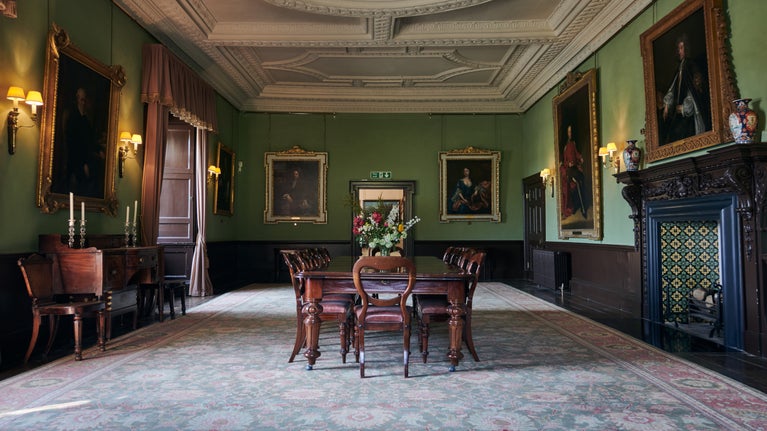
The Drawing Room is the space to relax, take in views across to the Deer Park, to dress up in our historic costumes or see who will win a game of snakes & ladders.
Look out for the beautiful flower displays created by our volunteers using flowers from the local area.
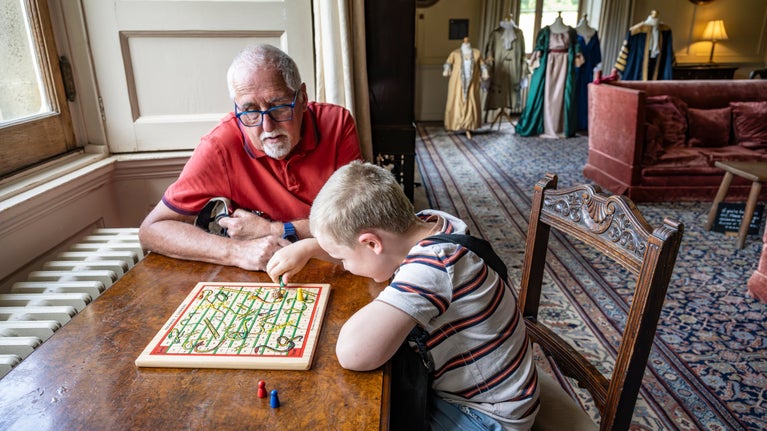
The basement would have been the domain of those that worked in the house, where they completed their daily chores. Visit the brushing room, the ale cellar and wine stores and find the impressive safe where all the valuables were kept secure.
The first floor of Newton House is a dedicated space for art and exhibitions. They delve into different aspects of the estate's history, reflecting on varied aspects of life at Dinefwr.
Our ongoing programme of arts and cultural events take inspiration from the ninth Lord Dynevor, Richard Rhys, who established a creative programme of arts and cultural events in the 1960s; our programme celebrates the legacy of this vision.
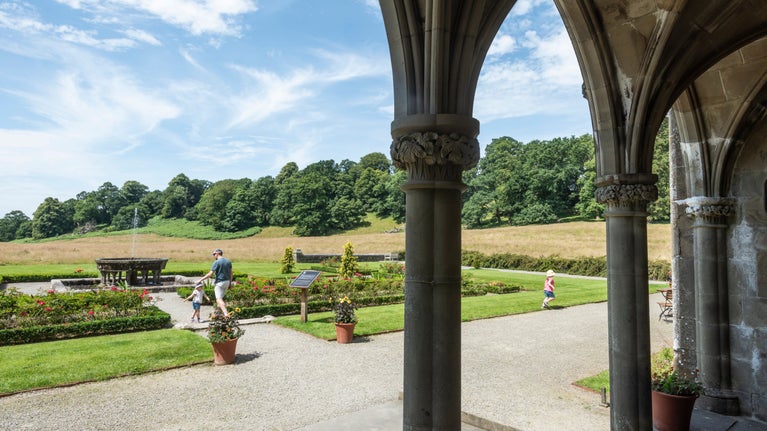
The Fountain Garden can be visited through a doorway at the bottom of the staircase.
Originally created in 1856, the garden has been restored to its Victorian layout. The central parterre consists of a geometric pattern of box hedges planted with seasonal bedding.
A summer house provides a perfect vantage to enjoy the garden and parkland beyond, and if you're lucky - the resident deer.
A visit to Newton House would not be complete without stopping in the cafe or having a browse in the second-hand bookshop, both to be found on the ground floor.
Built in 1600 by Edward Rice, Newton House takes its name from the ‘New Town’ built for English settlers in the medieval period. The Jacobean mansion, from which the current house evolved, was built on a site that has been occupied for two thousand years.
The exterior that you see today dates from the 1850s when a fashionable Gothic façade was added.
Within the house many of the original 17th century features can still be seen including the magnificent grand staircase and exceptional ornate ceilings.

Find out when Dinefwr is open, how to get here, the things to see and do and more.
Taking inspiration from the ninth Lord Dynevor’s vision for a creative programme of arts and cultural events with a series of exhibitions at Dinefwr.
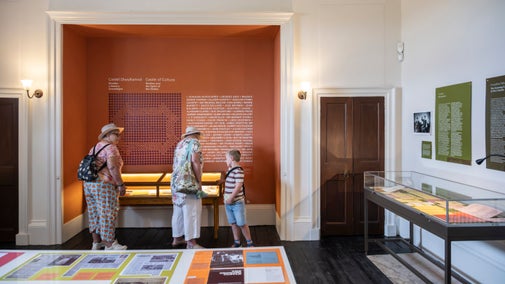
Reclaimed by the descendants of a powerful Welsh Prince, Dinefwr Park and Newton House were home to the Rhys/Rice family for over 300 years.

Take a stroll through Dinefwr Park near Llandeilo, a stunning 800-acre estate where you can spot a variety of wildlife and some of the oldest trees in Britain.
